Workplace Safety
-
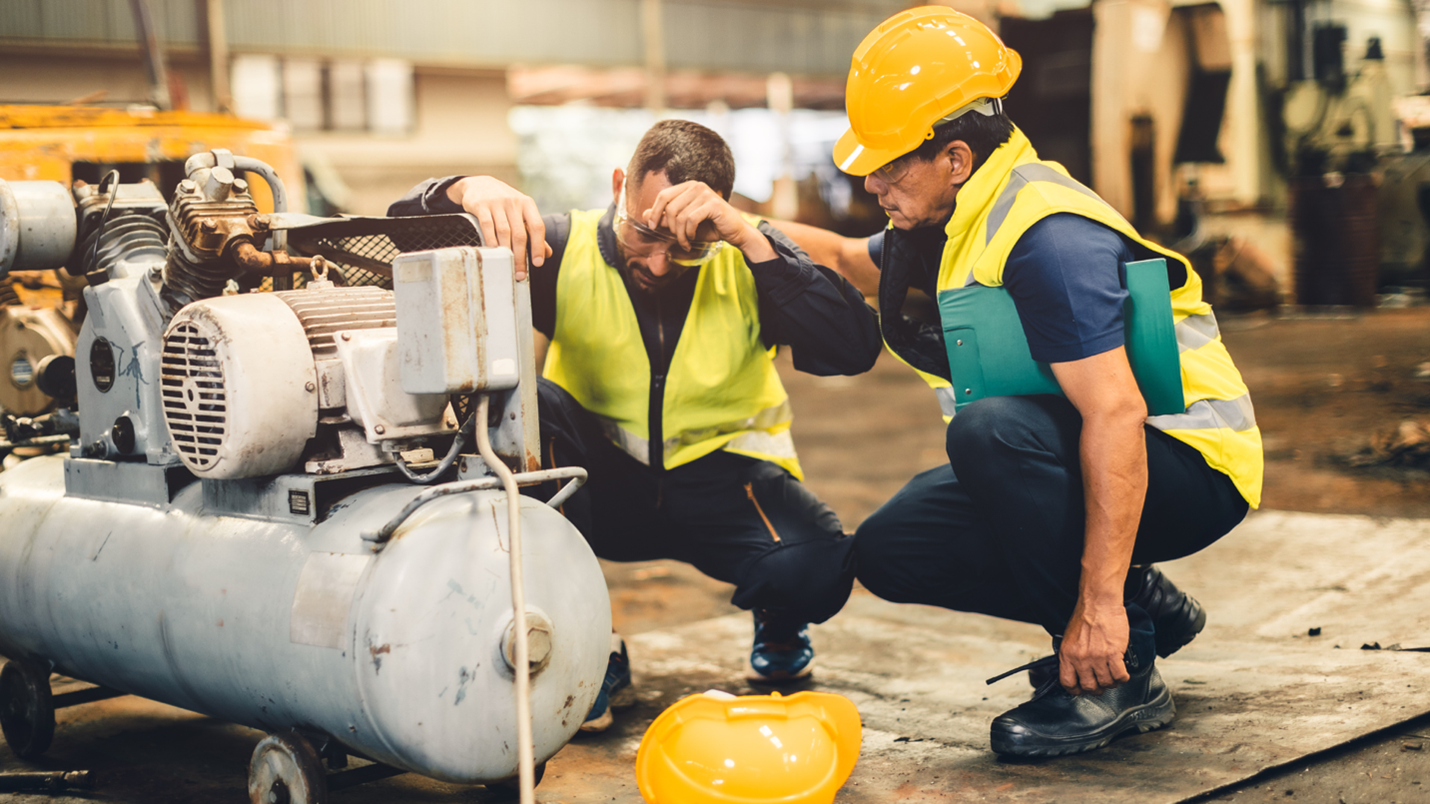
5 Common Causes of Workplace Injuries and How Proper Training Can Prevent Them
A safe and healthy work environment is fundamental to any successful business. Workplace injuries not only jeopardize the well-being of employees but can also result in significant operational disruptions and financial implications for employers. In this blog, we’ll explore five common causes of workplace injuries and emphasize the crucial role proper training plays in preventing […]... Learn more
-
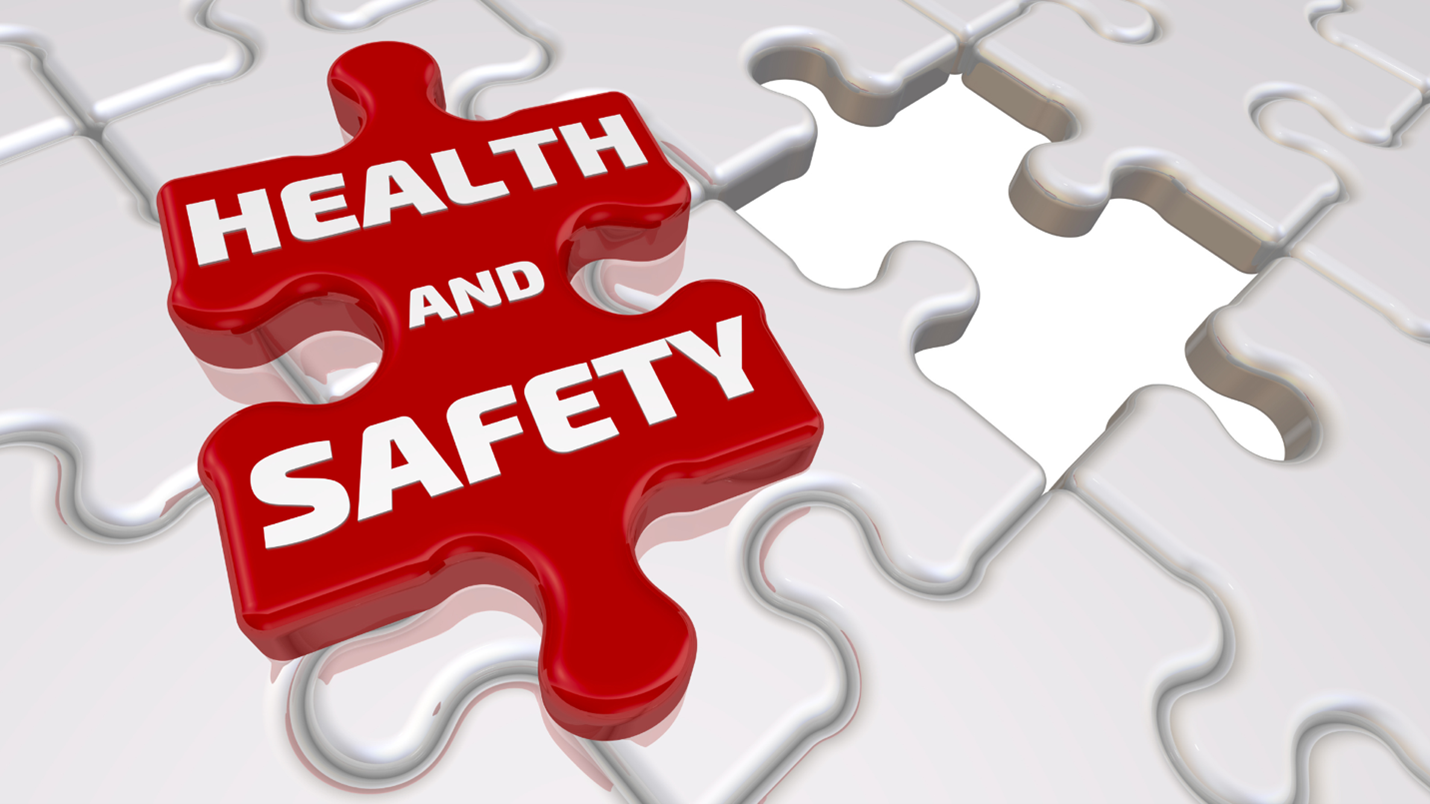
Health and Safety at Work Training
Keeping employees safe and healthy is essential; solid Health and Safety at Work Training is key to achieving this goal. In this blog, we will look at the value of such training and explore how it safeguards employees and contributes to businesses’ overall success and resilience. The Essence of Health and Safety Training: Mitigating Risks […]... Learn more
-

Safety Tips for Items with Lithium-Ion Batteries
Lithium-ion batteries have revolutionized the way we power our portable electronic devices. From smartphones and laptops to electric vehicles and drones, these rechargeable batteries are essential to our daily lives. While they offer numerous energy density and longevity advantages, they also come with some safety considerations. In this blog, we’ll explore important safety tips for […]... Learn more
-

Why are Emergency Response Assistance Plans (ERAPs) so Important?
Emergency Response Assistance Plans (ERAPs) are comprehensive, pre-established strategies designed to address potential accidents or incidents involving the transportation of dangerous goods. These plans are critical to ensuring the safety of communities, the environment, and emergency responders. This blog will explore why ERAPs are essential and how they are crucial in managing and mitigating the […]... Learn more
-
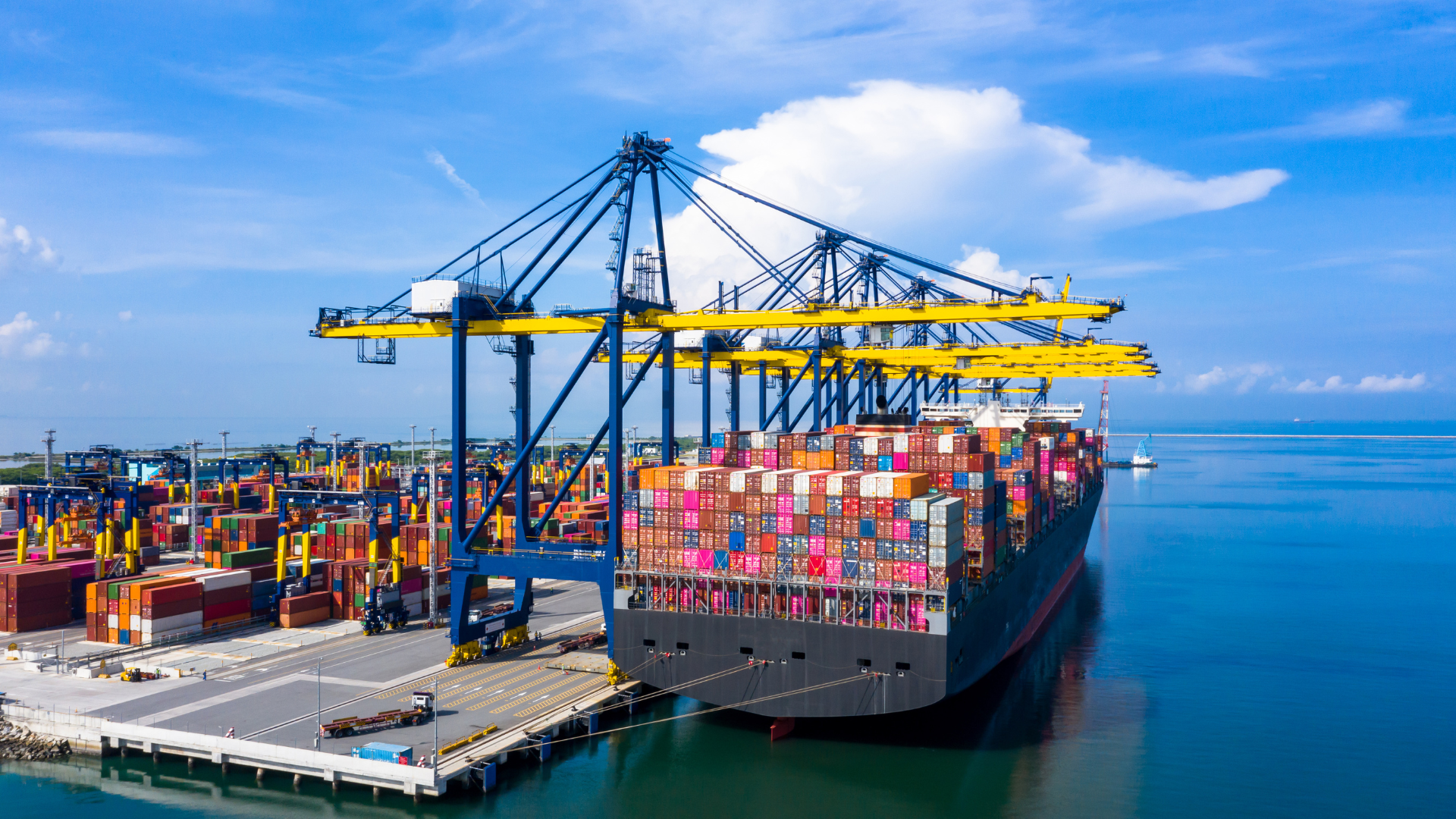
What Steps Must a Merchant or Shipper Follow When Shipping Dangerous Goods?
The transportation of dangerous goods is a highly regulated and critical part of modern logistics. Whether it’s chemicals, flammable materials, or dangerous substances, ensuring the safe shipment of these goods is paramount to protect public safety, the environment, and the integrity of the supply chain. The first step when shipping dangerous goods is correctly classifying […]... Learn more
-
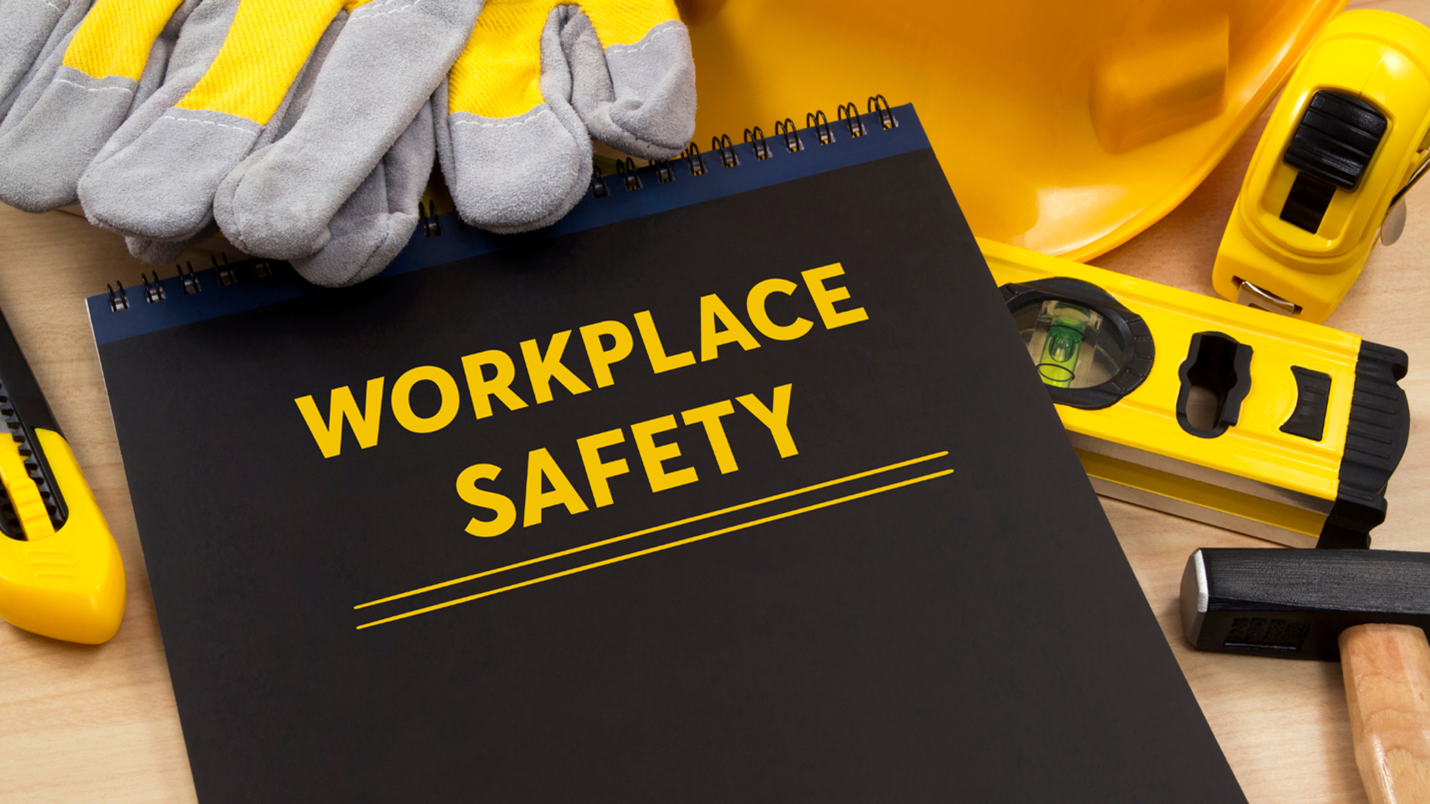
A Comprehensive Guide to OSHA’s Enhanced Workplace Safety Plan in 2023
The Occupational Safety and Health Administration (OSHA) is a federal agency dedicated to ensuring safe and healthy working conditions for employees throughout the United States. In January 2023, OSHA announced an ambitious new plan to address workplace safety, including various key initiatives to reduce injuries and fatalities. OSHA’s New Plan for Workplace Safety in 2023 […]... Learn more
-
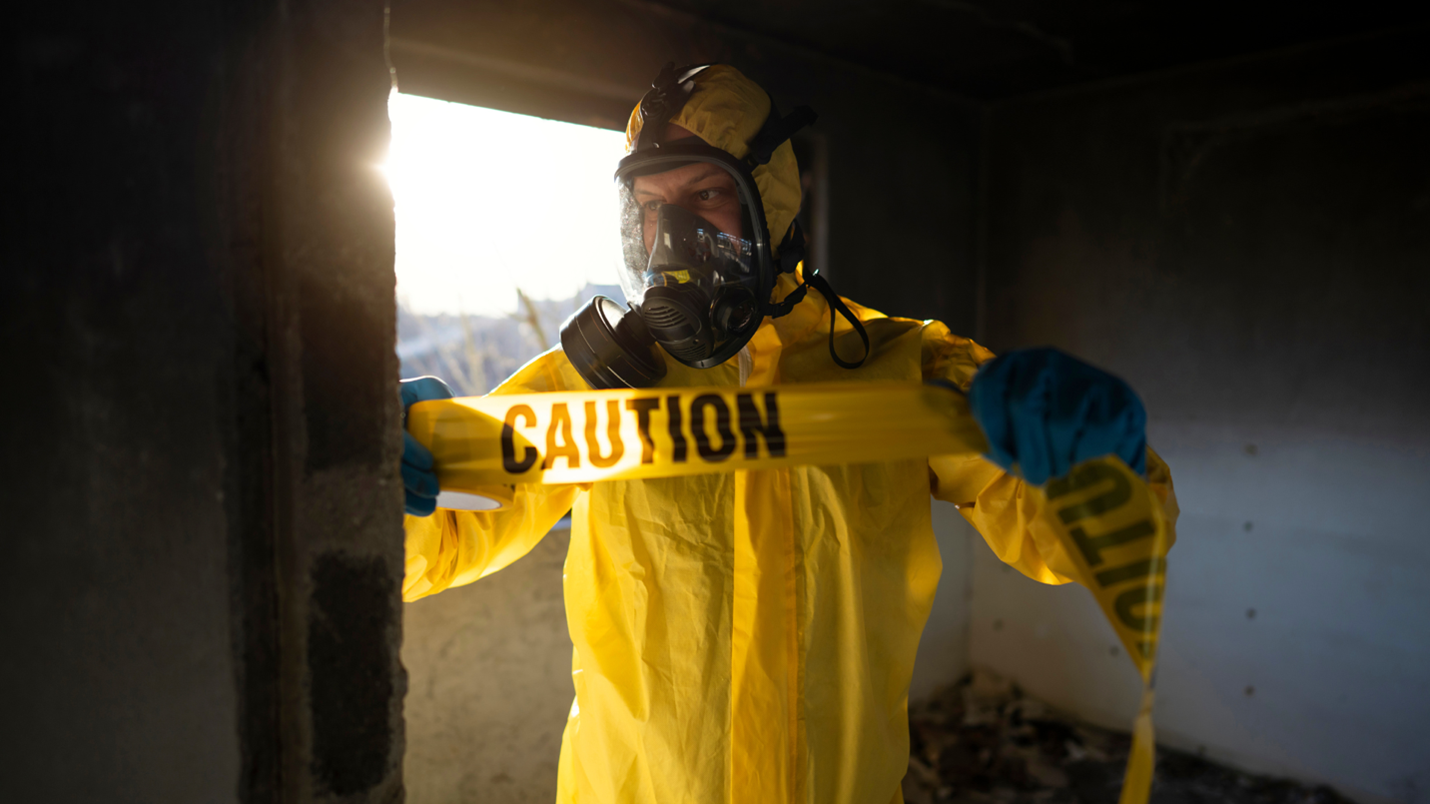
3 Tips to Prevent Chemical Workplace Accidents in 2023
Maintaining a safe workplace environment is critical for preventing employee injuries and promoting overall well-being, whether working in an office, laboratory, or any other commercial space. It is essential to prioritize preventive safety measures that protect employees physically, emotionally, and mentally. Below are three key safety precautions to consider for your workplace: Familiarize Yourself with […]... Learn more
-
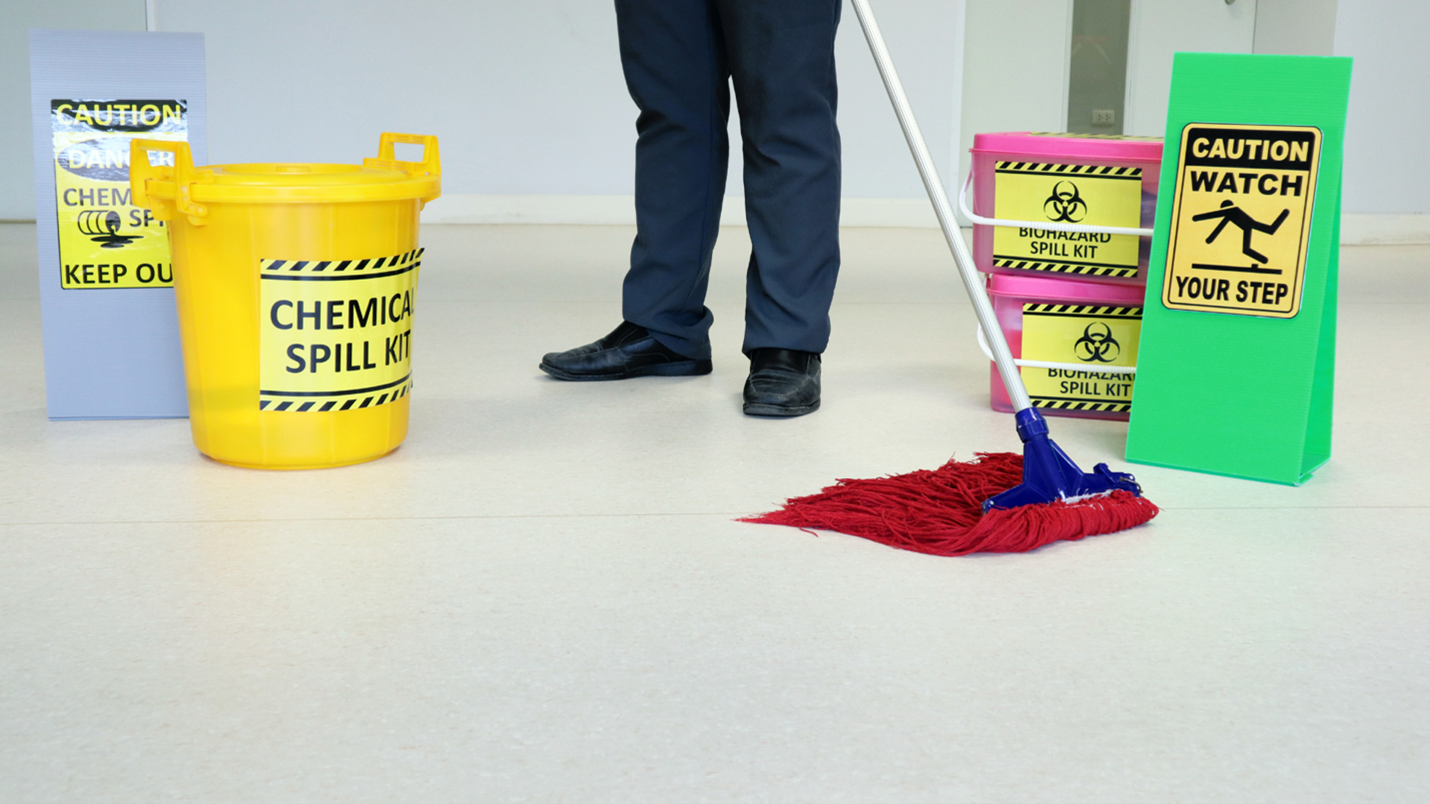
Do You Know How to Choose the Best Spill Kits for Your Specific Needs?
Spills can happen in any workplace, and it’s essential to be prepared to deal with them effectively. One of the most important tools for spill response is a spill kit. But with so many different types and sizes of spill kits available, knowing which one to choose can be challenging. This blog will discuss selecting […]... Learn more
-
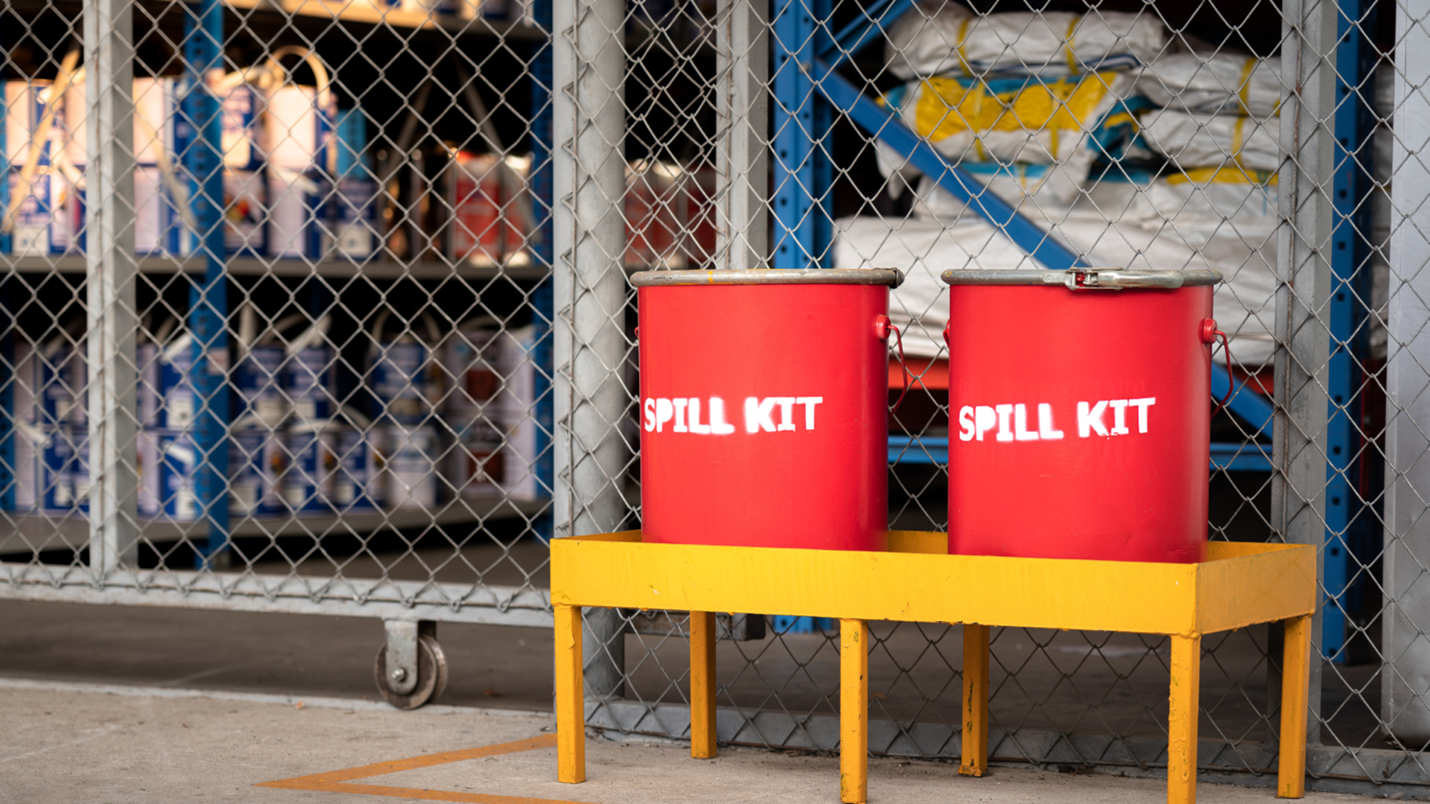
What Can You Do to Spill-Proof Your Workplace?
Preventing spills is a critical step when maintaining a safe and healthy workplace. Not only can spills cause slips and falls, but they can also result in hazardous material spills that can be dangerous for employees and the environment. Taking proactive steps to spill-proof your workplace can create a safer and healthier environment for everyone. […]... Learn more
-
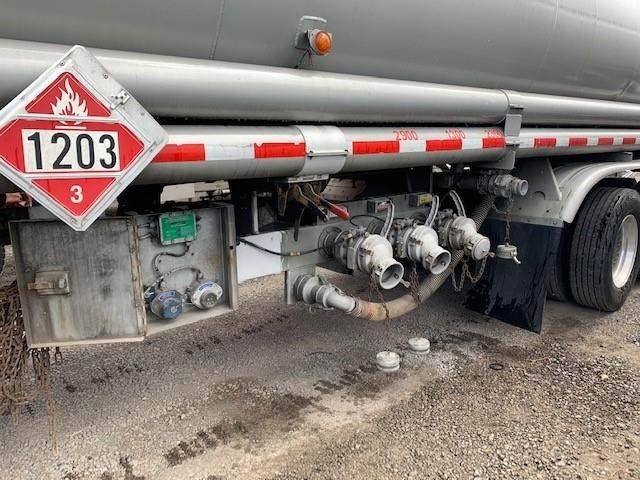
Things To Know About Transferring Flammables and Corrosives Safely
When it comes to transferring flammable and corrosive materials, safety is of utmost importance. These materials can pose significant hazards if not handled properly, so being informed and prepared is essential. Below are some key things to know about transferring flammables and corrosives safely: Use Appropriate Containers Using the right container is critical when transferring […]... Learn more
